- Componentes del kit de reactivos
| Especificaciones | 50t | 100t |
| Gato. No. | SN0333 | SN0334 |
| Columnas de extracción de ARN (colocar) | 50 (colocar) | 100 (colocar) |
| Columnas de limpieza de ADN (colocar) | 50 (colocar) | 100 (colocar) |
| Extracción de ARN Buffer II | 30ml | 2×30 ml |
| Tampón de eliminación de inhibidores | 30ml | 2×30 ml |
| Tampón de lavado 1 | 15 ml | 2×15 ml |
| Tampón de elución | 20 ml | 20 ml |
| Manual de instrucciones | 1 | 1 |
- Almacenamiento
Este kit de reactivos debe almacenarse a temperatura ambiente. (15-25℃) in a dry condition and is stable for 12 meses.
- Instrucciones para usar el kit de reactivos
3.1 Este kit está destinado a fines de investigación de biología molecular y no debe utilizarse para el diagnóstico o tratamiento de enfermedades..
3.2 Algunos componentes del kit contienen irritantes.; es recomendable tomar las precauciones necesarias (como usar ropa y gafas protectoras).
3.3 El uso de este kit requiere equipo adicional como una centrífuga de alta velocidad., baño de agua (baño de metal), mezclador Vortex, etanol anhidro, nitrógeno líquido, cloroformo, agua desionizada estéril, y tubos EP.
- Introducción al kit de reactivos
This microRNA purification kit provides a fast and efficient method for purifying microRNA from various tissues, suitable for most species. Tissues exceeding 100 mg can be processed using this RNA purification kit. The kit employs special DNA cleanup column technology to remove genomic DNA and large RNA fragments during the experimental process. In general, additional digestion on DNA columns is not required, preventing microRNA degradation.
The RNA rapid purification kit can extract plant microRNA within 1 hora. The extracted microRNA can be directly used for RT-PCR, transferencia Northern, etc.. Todo el proceso de purificación no requiere reactivos tóxicos como el fenol-cloroformo., making the microRNA purification kit suitable for various other samples.
- Principios y procedimientos experimentales
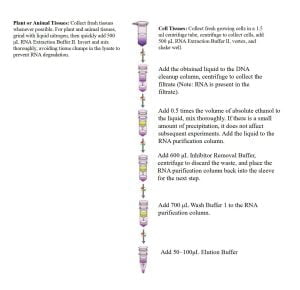
- Proceso de extracción
Precauciones antes de comenzar el experimento.:
A. Antes de usar, agregue la cantidad especificada de etanol anhidro a Lavar Buffer 1 according to the label on the reagent bottle, y marque una marca en la etiqueta para indicar la adición de etanol anhidro.
B. El tampón de elución es un 0.1x solución TE containing a minimal amount of EDTA. If EDTA has an impact on subsequent experiments, it is recommended to use sterile deionized water instead of Elution Buffer.
- Procesamiento de muestras:
A. Plant or Animal Tissues: Collect fresh tissues whenever possible. For plant and animal tissues, grind with liquid nitrogen, then quickly add 500μl of RNA Extraction Buffer II. Invert and mix thoroughly, avoiding tissue clumps in the lysate to prevent RNA degradation.
B. Cell Tissues: Collect fresh growing cells in a 1.5 ml centrifuge tube, centrifugar en 13,000 rpm para 1 mín., collect cells, agregar 500μl of RNA Extraction Buffer II, vortex and shake well.
2. Incubate at56℃ para 1-3 mín.. If the sample has a high polysaccharide content, it is advisable to skip this step.
3. Vortex for 30 sec.
4. Centrifugar el lisado para 10 min at 14,000 rpm (20,000×g).
(Nota: Polysaccharides from plant materials may result in sticky substances at this step, which can cut DNA in subsequent steps. Remove these substances during this step. Después de la centrifugación, transfer the supernatant to a new purificación de ADN column.)
- Add the obtained supernatant to the DNA cleanup column (approximately 650-700μl each time), centrifugar a más 8,000 rpm para 1 mín., collect the filtrate (microRNA is in the filtrate at this point).
- Estimate the volume of the filtrate accurately, agregar 0.5 times the volume of absolute ethanol. If there is a small amount of precipitation, it does not affect subsequent experiments. Add the liquid to the RNA purification column, centrifugar en 13,000 rpm para 1 mín..
- Discard the waste and place the RNA purification column in a collection tube for the next step.
- Agregar 600μl of Inhibitor Removal Buffer, centrifugar a más 8,000 rpm para 1 mín., desechar los residuos, and place the RNA purification column back into the collection tube for the next step.
- Agregar 700μl of Wash Buffer 1 a la columna de purificación de ARN, centrifugar en 14,000 rpm (20,000×g) para 2 mín., extend the centrifugation time appropriately to ensure a drier membrane.
(Nota: Confirm the addition of absolute ethanol to Wash Buffer 1. The presence of ethanol has a severe impact on subsequent experiments. Por lo tanto, la sequedad de la membrana es crucial. Después de la centrifugación, ensure the absence of ethanol before elution, desechar los residuos, and collect the tube.
After washing with Wash Buffer 1, the membrane on the RNA purification column should only have a slight color. Después de la centrifugación, Retire con cuidado la columna de purificación de ARN., ensuring it does not touch the collection tube to avoid ethanol interference.)
- Place the RNA purification column into a new centrifuge tube, agregar 100μl of Elution Buffer to the membrane, incubar a temperatura ambiente durante 5 mín. (15℃ to 25℃), centrifugar a más 8,000 rpm para 1 mín..
(Nota: Eluting RNA with 50μl of Elution Buffer can increase RNA concentration but decrease total RNA yield.)
- Repeat the previous step.
Nota: A new centrifuge tube can be used to collect the RNA eluted the second time, or the original collection tube can be used to continue collecting RNA.
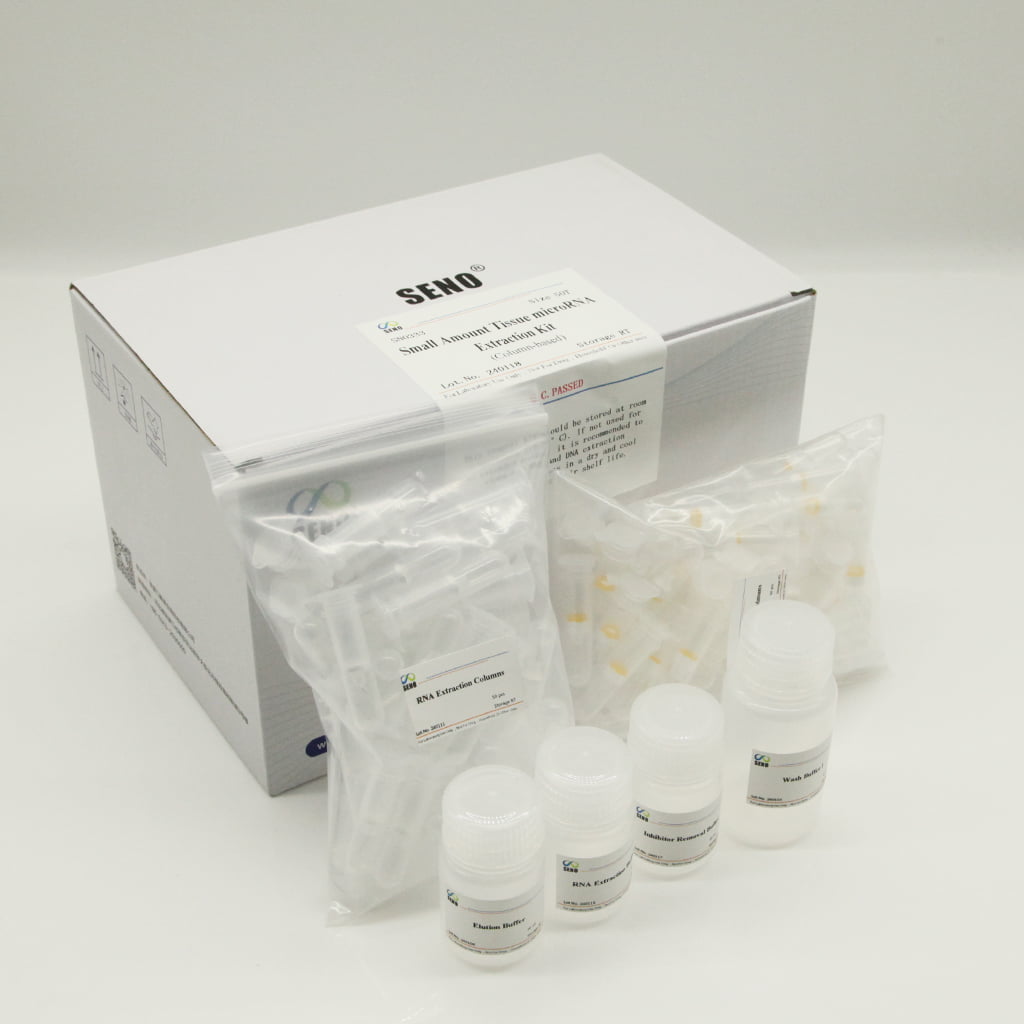
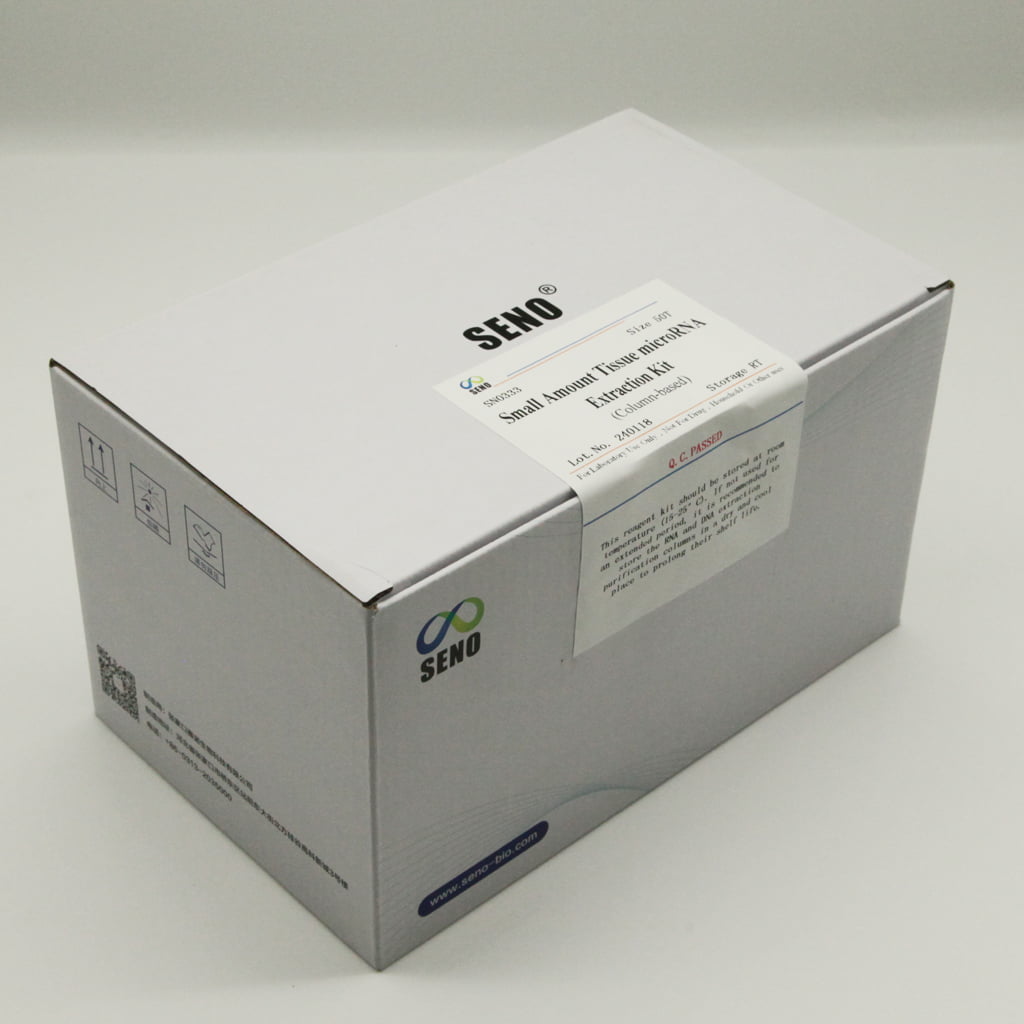
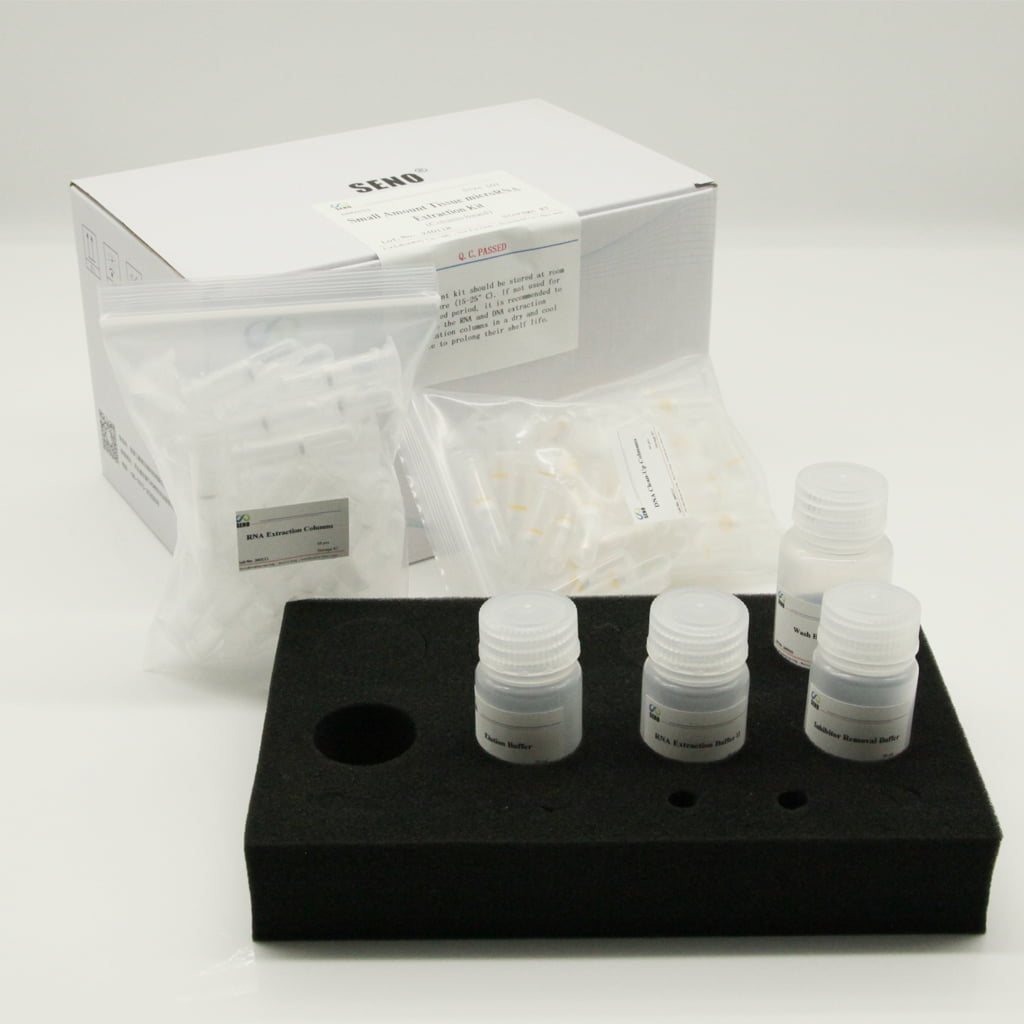
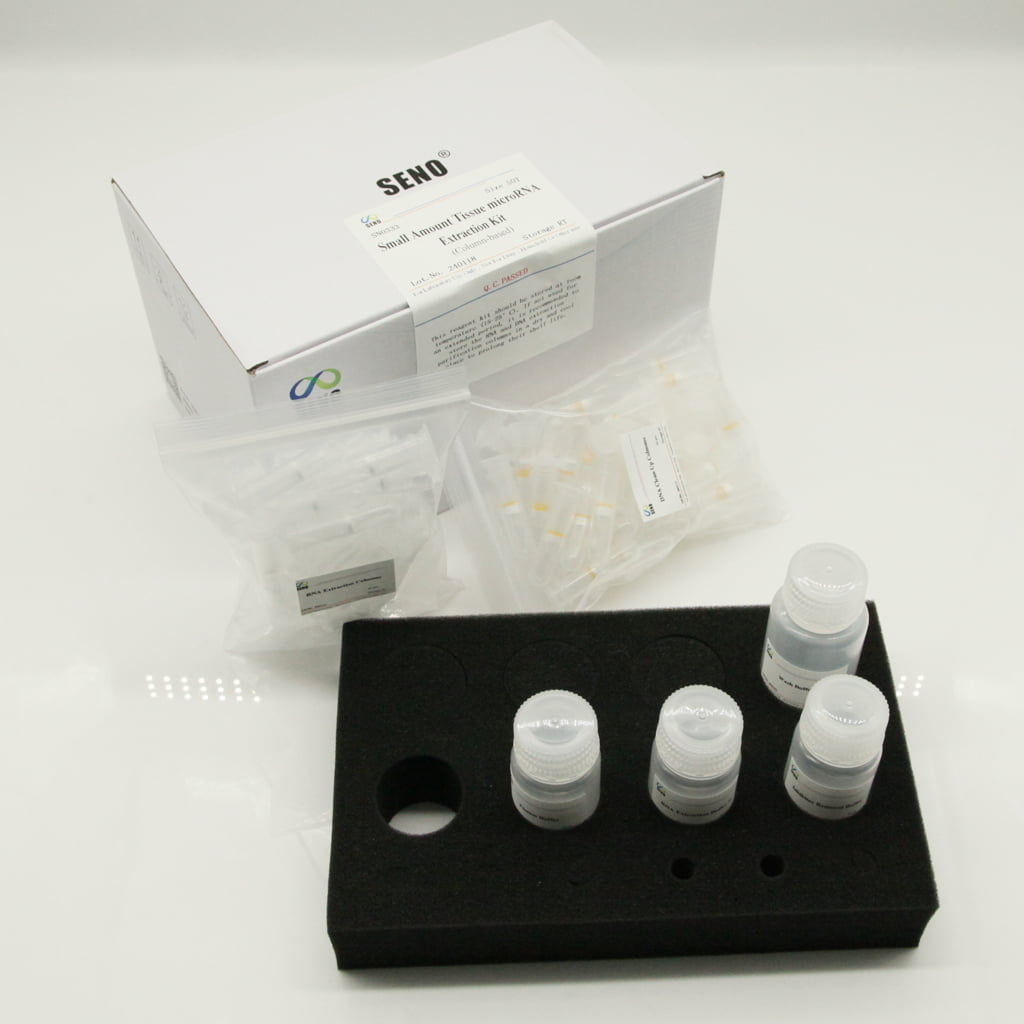
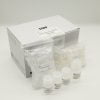
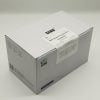
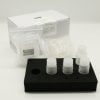
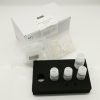
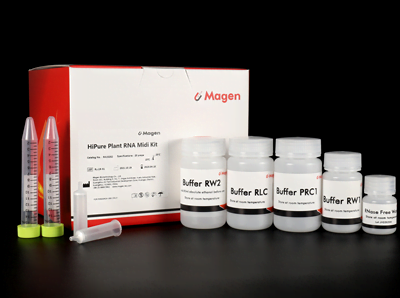
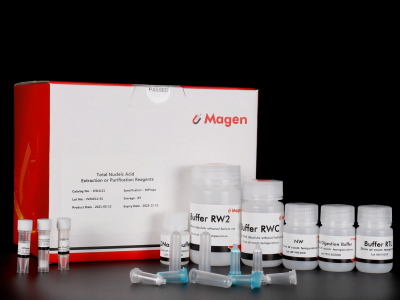
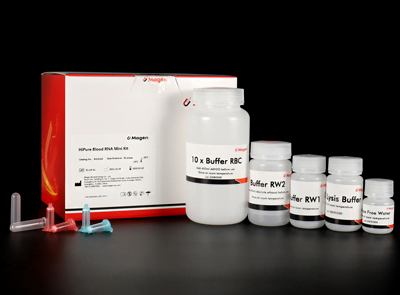
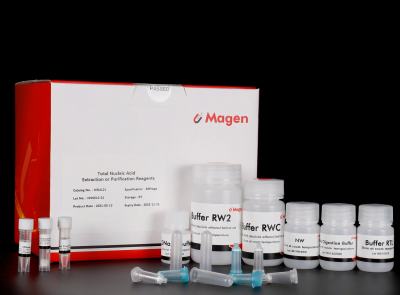
Reseñas
Aún no hay reseñas.